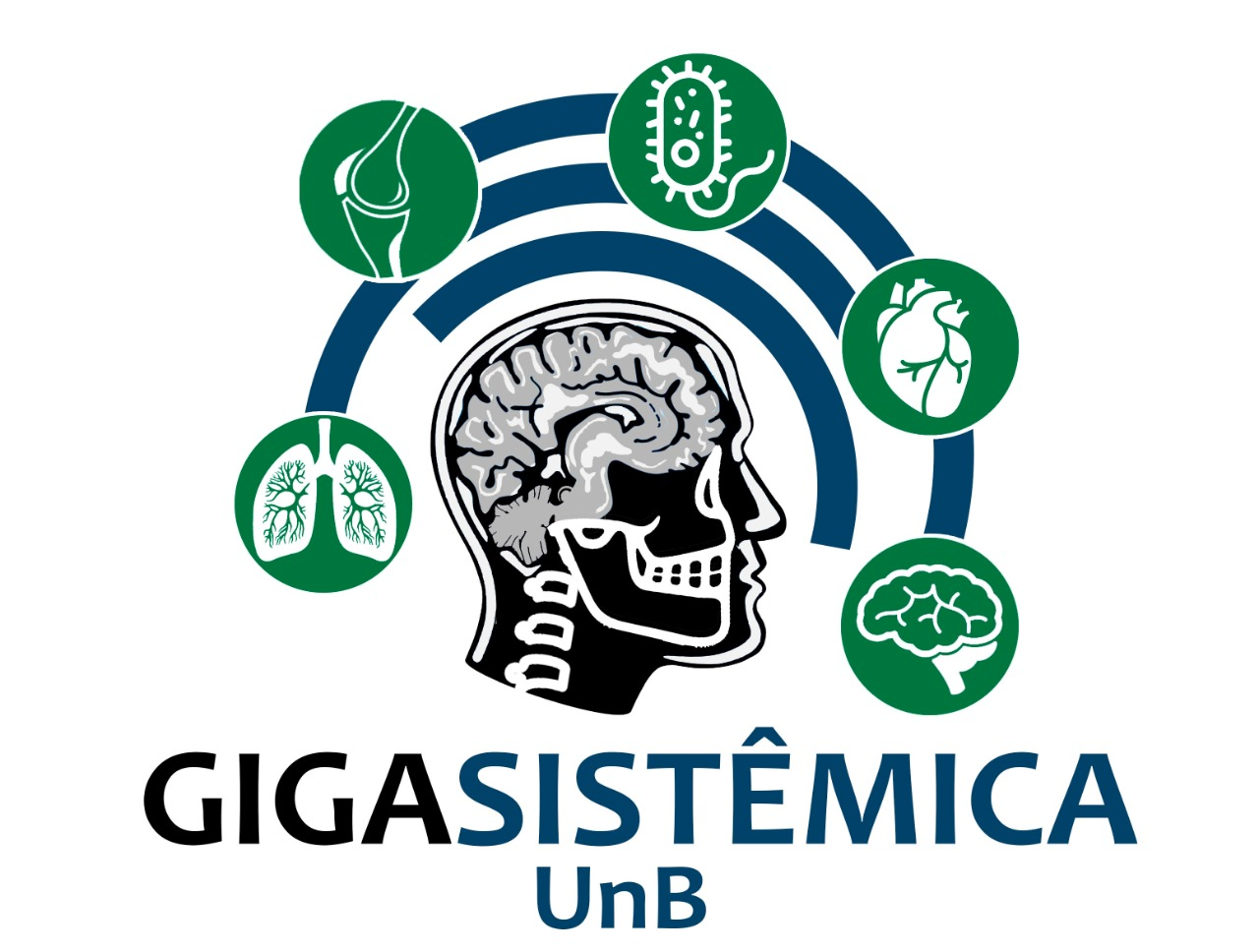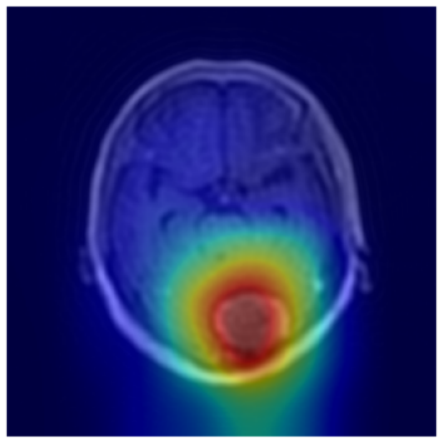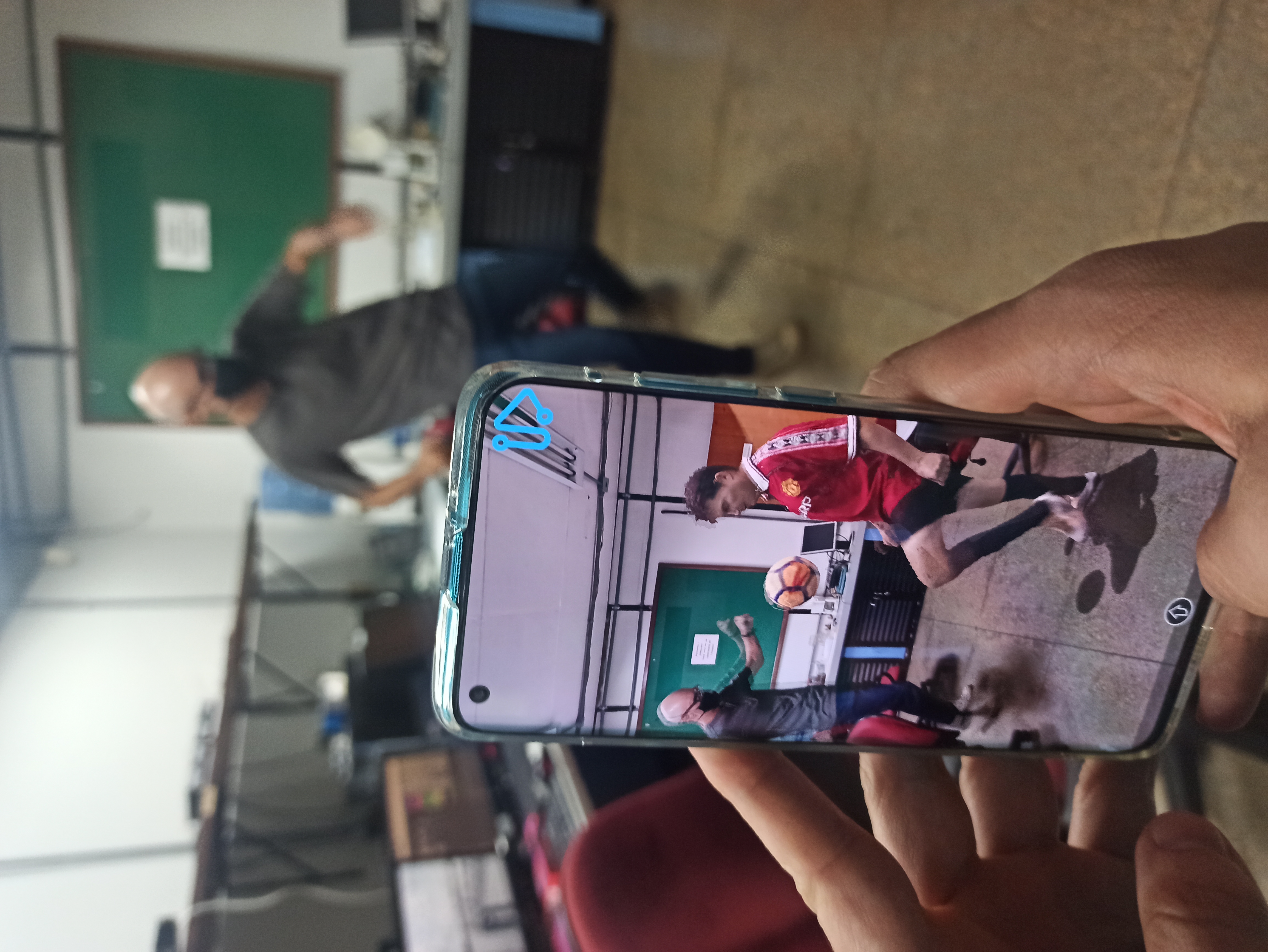Research Projects
My research interests are in the area of image processing and computer vision. Specifically, I am interested in the areas of video quality assessment, visual attention, watermarking, 3D video, digital video networking, and QoS.
Current Projects
 |
Automatic systemic disease identification based on dental imaging examsThis research project has the general objective of using different machine learning methods (including, but not limited to, deep learning) for the purposes of early diagnosis and prediction of systemic diseases. For such purposes, images of dental panoramic radiographs (PR) and CT scans will be used as input data for these algorithms to diagnose or even predict systemic diseases, such as cardiovascular disease, type 2 diabetes, and osteoporosis. In fact, these algorithms can serve as a basis for the identification of different types of bone diseases, since it will make it possible to differentiate normal trabecular bone aspects of various pathologies. Initially, we will use an existing databases from the University Hospital of Brasília (HUB). During the project, additional images will be collected from patients at the HUB. |
 |
Hybrid methods for analyzing medical images and diagnosing pathological processesThe main goal of the project research is the development of image processing and analysis methods for solving diagnostic medical problems using images of various modalities. The work is being carried out within the framework of a hybrid approach that combines the apparatus of classical methods of mathematical image processing and deep learning methods. A number of tasks for the analysis of MRI, CT and histological images used to diagnose tumors in the liver (China), colorectal cancer (Russia) and brain tumors (Brazil) are considered. the development of methods for analyzing medical visual information quality and designing, on the basis of this analysis, adaptive methods for improving the quality of medical images. In this work we are also interested in the impact of the quality of the medical images (such as resolution, level of noise, contrast, sharpness, etc.) in the performance of machine learning algorithms. Therefore, one of the aspects that needs to be investigated is also the effect of the enhancement of images on ML algorithms. The team includes research teams from Brazil, Russia and China, with extensive experience in developing methods for image quality analysis and image enhancement. The project is funded by a BRICS grant. |
 |
Project TV 3.0The “TV 3.0” project, coordinated by the Forum of the Brazilian Terrestrial Digital TV System (SBTVD Forum), has the goal of testing several television technolgies of the new phase of the Digital TV in Brazil. The tests were funded by the Brazilian Ministry of Communications through the Brazilian National Council for Scientific and Technological Development (CNPq, Conselho Nacional de Desenvolvimento Científico e Tecnológico). The Video Coding candidate technologies have been tested by the University of Brasília from 05 July 2021 to 03 December 2021. This document contains the results of the tests to support, alongside the market and intellectual property evaluations, the SBTVD Forum in recommending the appropriate technologies for the next generation of digital terrestrial television in Brazil. |
 |
Point-Cloud Quality AssessmentThe new visual immersive media formatsprovide a 3D visual representation of real objects and scenes. In this new vi-sual format, objects can be captured, compressed, transmitted, and visualized inreal-time not anymore as a flat bidimensional (2D) image, but as tridimensional(3D) content, allowing free-viewpoint selection by a consumer of such media. This work presents a research about quality assessment of 3D Point Clouds ba-sed on novel color and geometric texture statistics. Considering that distortionsto both color and geometry attributes of 3D visual content affect the perceivedvisual quality, it is proposed in this work to use both color-based and geometry-based texture descriptors for PC to obtain the visual degradation through theirstatistics. |
 |
Perceptually-efficientStreaming of 360-degree Edited videosIn this project, we give a step further into the way we believe 360-degree videos will be transmitted and experienced in the near future. For that, we present the building blocks for the proposal of an efficient streaming scheme for perceptually edited 360-degree videos. We believe that there are several potential benefits of designing an ABR scheme that takes advantage of the fact that movies, in general, are made of a sequence of different shots, separated by cuts. We believe that cues and cuts can be used to attract the viewer's attention to important events and objects. We propose to use visual attention and it semantic analysis as tools to to implement an automatic smart editing of 360-degree videos and, then, design an efficient ABR scheme that leverages these perceptual aspects of the immersive content. |
 |
Audio-Visual QualityThe goal of this project is to develop metrics that are able to provide an estimate of the perceptual quality of the video. We are particularly interested in developing algorithms that are fast, reliable and do not require the usage of the original (i.e. no-reference), being suitable for real-time video applications, such as video streaming, IPTV, video transmission and coding. |
 |
Visual attention and perceptionThe goal of this project is to ircorporate aspects of visual attention into the design of regular video processing algorithms (such as coders, quality metrics, etc.). In particular, we are interested in understanding how attention affects quality judgements and the annoyance caused by artifacts. |
Older Projects
Digital Video Networking
 |
This research is about the design of network protocols that provide better support for multimedia transmission over wireless networks. (More details …) |
Watermarking and Data Hiding
 |
Our goal is to study new methods for inserting watermarks in video signals adequate for the applications in mind. We particularly interested in the development of robust algorithms algorithtms targeted at content protection. We are also interested in the application of watermarking techniques to areas sucha as error concealment and QoS. (details …) |